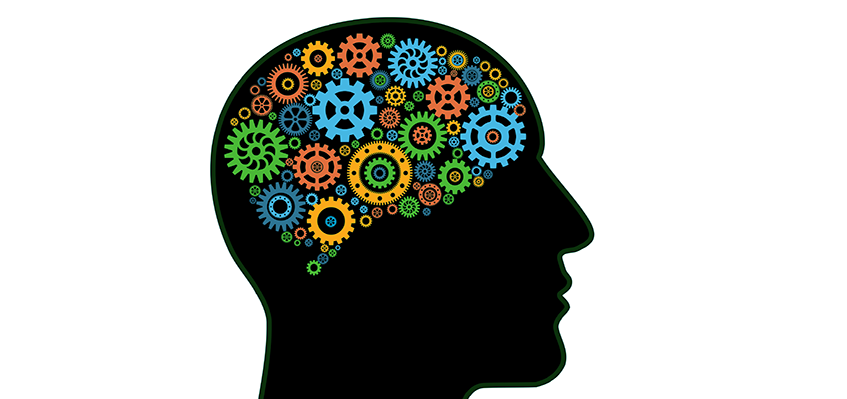19 Mar 2013

HEIDI DOUGLASS | h.douglass@unsw.edu.au
Since the 4th century BC, when Hippocrates first theorised that physiological abnormalities may be the root of mental disorders, psychiatry and the mysteries of the brain have come a long way. However, it has been a slow development. It wasn’t until 250 BC that Greek anatomist, Erasistratus, studied the brain and distinguished the cerebrum from the cerebellum, and then not until the year 1808, over twenty centuries later, that Johann Reil, the German physician, anatomist and psychiatrist coined the term ‘psychiatry’.
Fast forward another two thousand years and we find ourselves in a period of rapid evolution in both psychiatry and neuropsychiatry (the branch of neuroscience that deals with mental disorders attributable to diseases of the nervous system). With more neuroscientists currently alive than there have ever been in all of history, and an accruing knowledge base of the workings of the brain thanks to advances in neuroscience, it is arguable that more has been learnt about the human brain in the last 30 years than in all of the preceding centuries put together.
As humans collectively start to quell the social stigma surrounding mental disorders, and as more information reaches the broader population on the misconceptions of psychiatry, we become more and more intrigued about the workings of the brain, and the mind. And so we should be. After all, we are all privy to both, and thus also privy to the potential to create and achieve our own imaginings.
As Perminder Sachdev, Co-Director of the Centre for Healthy Brain Ageing and Clinical Director of the Neuropsychiatric Clinic in Sydney so eloquently states: “as mankind ventures further into the stars, it is the human brain that enables us to explore the mysteries of the universe”.
Of course, as neuropsychiatry has made us aware, it can appear somewhat easy for the delicate balance that exists between the workings of the brain and that of our minds and our physiology to go out of sync such as occurs with the onset of disorders such as Alzheimer’s, Tourette’s Syndrome and depression. With history littered with relics of these types of neuropsychiatric disorders in the minds of many famous (and infamous) people, including Mozart, Lincoln, Virginia Woolf, Hemingway, Van Gogh and even Freud, the topic is tantalising and heavily scrutinised. Even Hitler has recently undergone a psychiatric evaluation according to the DSM-IV at the University of Colorado with an article appropriately entitled ‘Understanding Madmen’ (PDF).
It is these brain anomalies that neuropsychiatrists like Perminder Sachdev strive to understand, and dedicate their lives to researching to enable a brighter possibility for those future patients that will inevitably walk through the doors of other practitioners. “The most astonishing fact is that the human brain has the capacity to peer into itself. Yet, if there is any great unknown that still confronts the brain and challenges its capacity, it is the mystery of the brain itself,” he says.
In his book, The Yipping Tiger, we are poetically walked across the bridge between the brain and the mind; between neurology and psychology, and forced to open our eyes (and our minds). Perminder Sachdev takes us on a delightfully orchestrated, 20 year journey through the neuropsychiatric clinic that the average human being will never encounter otherwise. You are left with wonderment about the brain and humbled by the strength of spirit shown in these cases.
As the author expresses so beautifully, “We are not human if we are perfect. We may strive to be, but it is my belief – should I even say ‘hope’ – that we will never attain that goal”.
Author of The Yipping Tiger, Scientia Professor Perminder Sachdev, was recently elected an International Distinguished Fellowship by the American Psychiatric Association. This prestigious award celebrates the contributions Professor Sachdev has made to the profession. He was named a Member of the Order of Australia (AM) in 2011 for his services to medical research in the field of neuropsychiatry, and NSW Scientist of the Year for Biomedical Sciences in 2010.
To purchase The Yipping Tiger, go to www.unswpress.com.au
